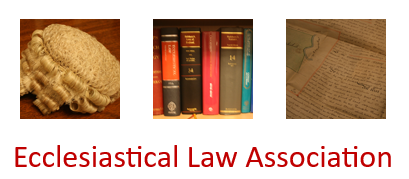The proposal was to install four 50 inch LCD monitors on pillars in the nave of the church, plus a 24 inch monitor in the choir vestry and a 32 inch monitor on a wheeled trolley, plus associated electronics and wiring. There were several objections from parishioners. Historic England and the Council for the Care of Churches (though it did not formally object) considered that the monitors would be intrusive and harm the character of this historically significant Grade I church, which has associations with St. Cuthbert. The Chancellor refused to grant a faculty so far as the four largest screens were concerned.

